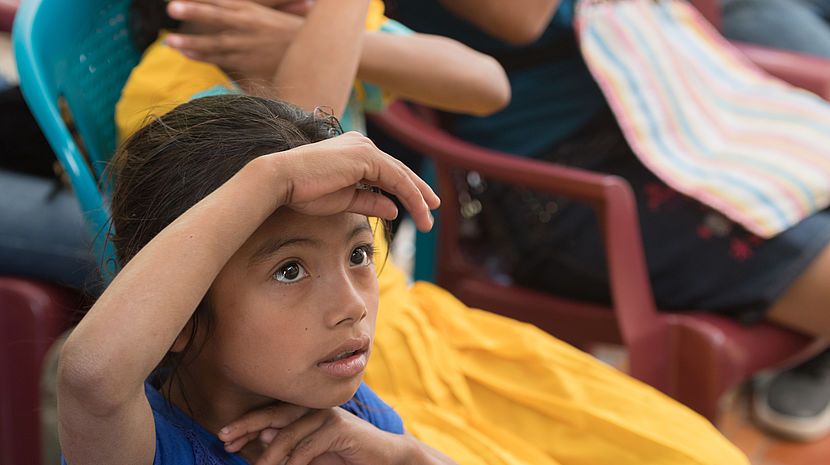23.10.2018 The first International Day of Sign Languages!

I’m writing this blog to celebrate the first annual UN International Day of Sign Languages (IDSL), celebrated today, September 23rd as part of the International Week of the Deaf (IWDeaf) from 23-30 September. This year’s theme is “With Sign Language, Everyone is Included!” You can learn more about this from the World Federation of the Deaf here. This celebratory day is the result of resolution A/RES/72/161 (International Sign version here) that was adopted officially adopted on 19 December 2017 by the United Nations General Assembly.
The resolution acknowledges that early access to sign language and services in sign language, including quality education available in sign language, is vital to the growth and development of the deaf individual and critical to the achievement of the Sustainable Development Goals. It recognizes the importance of preserving sign languages as part of linguistic and cultural diversity, emphasizes the principle of “nothing about us without us” in terms of working with deaf communities, and affirms that sign language is of critical importance for full realization of human rights for deaf people.
This celebration ties in nicely with the opening of the 73rd session of the UN General Assembly this week. The newly elected President is María Fernanda Espinosa Garcés who is the first woman from Latin America and the Caribbean to preside over the Assembly. In addition, the rights of persons with disabilities, which includes the right to sign language, is one of the seven priorities of her presidency.
This is a very special blog for me since sign language has been part of my life since I was young. I first learned American Sign Language and then went on to learn Nicaraguan, Dutch, Japanese, and Uruguayan Sign Languages from working with the deaf communities in these countries. I also worked with deaf Native Americans while living on the Navajo Nation. For many years I was a teacher at deaf schools throughout the US and in other countries, also engaged in participatory action research with deaf communities, including my doctoral research that explored deaf community activism in Uruguay. In all of these experiences around the world, the key thread that consistently emerged was – access to, the use of, and official recognition of – sign language.
Deaf children who have full-time access to quality education in sign language thrive and excel, and this is important at all ages from early access onward. Through my interviews with deaf leaders and community members in Uruguay, I found that deaf community empowerment, leadership, and activism stem from a common sign language, shared identities, and culture. Indeed, sign language and deaf culture strengthen multilingualism and are means of promoting, protecting and preserving diversity of languages and cultures globally. In the end, sign language is a critical prerequisite to the full realization of human rights for deaf people.
In my work with CBM I have the wonderful opportunity to collaborate with the World Federation of the Deaf at the United Nations as well as with deaf partners from around the world, including from Bolivia, Ethiopia, Indonesia, Kenya, Malawi, Panama, Rwanda, South Sudan, Uganda, Venezuela, and more. Collaborative efforts have focused on creating a more accessible United Nations for deaf and hard of hearing participants, building partnerships with deaf communities and in countries where we work, and exchanging information on global, regional, and national development processes. A recent example is my presentation on the 2030 Agenda for Sustainable Development to the Deaf Association in Zurich in collaboration with CBM Switzerland. You can read more about CBM’s work with deaf communities here.
Below is a wonderful example of national sign languages being used at the United Nations, including Finnish, Ugandan, Colombian, and Australian Sign Languages (from the UN Partnership Exchange on SDGs in July 2017, read more here about our involvement).
I’ll conclude this blog with a video of our deaf partner in Indonesia, Ms. Juniati and me in which we respectively sign our names and where we are from in American and Indonesian Sign Languages (Jakarta, Indonesia, November 2015).